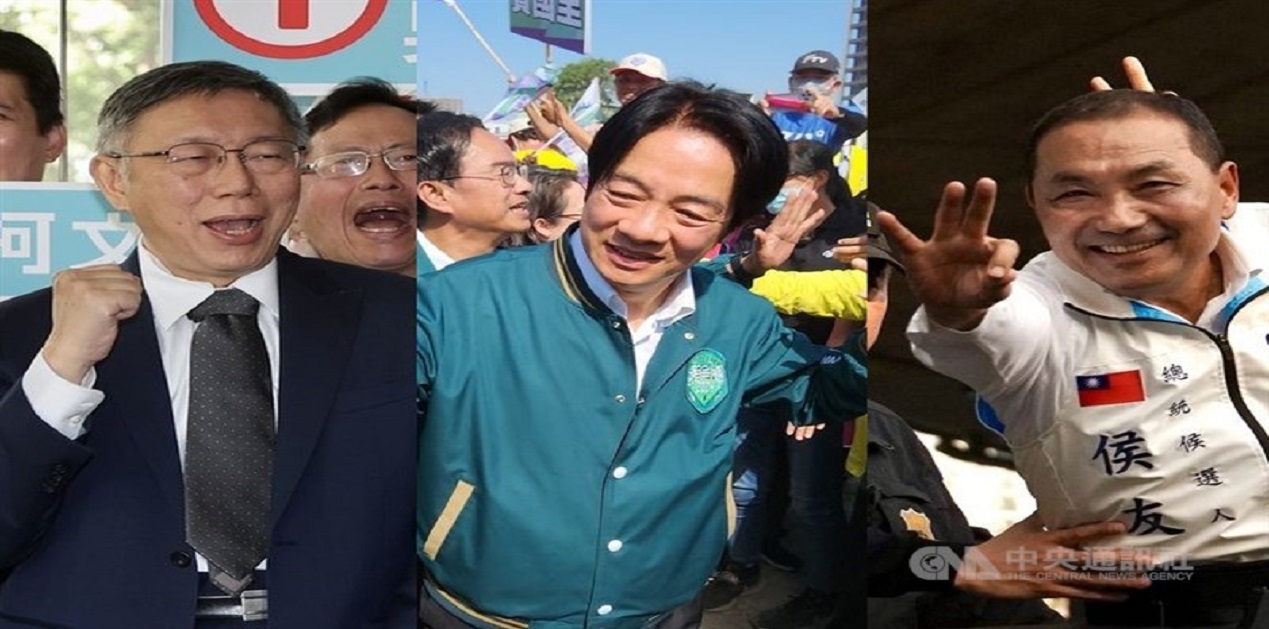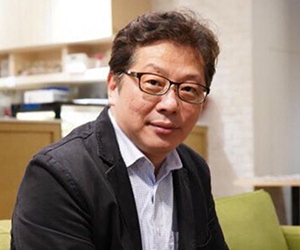Taiwan's just-concluded presidential and legislative elections establish the legitimacy of the government for the next four years and give them a mandate to implement new policies. Democratic Progressive Party (DPP) candidate William Lai Ching-te received the most votes, but given that Taiwan's political system is essentially a first-past-the-post system and there were only three candidates running, Mr. Lai failed to obtain half of the votes. In addition, since the opposition Kuomintang (KMT) won the most seats in the Legislative Yuan with 52 seats, and there are two independent seats who are pro-Kuomintang, while the third-ranked Taiwan People's Party (TPP) also won a minority of 8 seats, the DPP's 51 seats will not be able to control the Legislative Yuan. President Lai will lead a minority government, which means he will need to seek to mend partisan and political differences if he wants to make any significant change in future.
Lai’s Minority Government for New Politics
Governance in Taiwan is becoming complex; if the DPP government wants to perform well with achievements, they have to negotiate and probably make concessions with other parties. For this divided government to succeed, it will require effective and successful consultations between the executive branch and the legislature, and between the various parties in the legislature. Energy policy and the distribution of benefits from economic growth, as well as national defence and China policies are the issues that will face challenges.
Taiwan society has no intention of provoking China or engaging in military confrontation, not to mention that it is almost impossible to promote political independence at present. President Lai has also publicly stated that he will pursue the “moderate and prudent” cross-strait policy of his predecessor, President Tsai, and maintain the status quo. The people of Taiwan actually hope that the government will find a way to get along with China as a “neighbour” that can not only maintain the status quo but also continue with economic and cultural exchanges. If President Lai's minority government can demonstrate a pragmatic leadership style and continue discussions with other political parties, there is actually an opportunity now to push Taiwan's politics toward greater unity and establish a longer-term cross-strait vision.
Reinventing Taiwan through Territorial Re-Planning and Resumption Dialogue with Beijing
In order to make Taiwan a much ‘normal’ country, if there is difficulty in achieving a breakthrough in international relations, Mr. Lai would probably focus on territorial re-planning in domestic terms. Taiwan's territory has been categorized into four major functional areas: i.e., nature conservation areas, marine resource areas, agricultural development areas, and urban and rural development areas. Land use in future Taiwan must strictly comply with these functional classifications, and neither local governments nor the central government will be permitted to arbitrarily change the way land is used. Taiwan's industrial zones, airports, reservoirs or highway facilities will only be allowed to be constructed in urban and rural development areas. Large-scale expropriation of agricultural land or in nature conservation areas will not be acceptable as in the past. It is necessary to meet the needs of balanced development in different regions of Taiwan, while taking into account industrial and commercial development, and defense needs.
Even the reorganization and relocation of the political center/hub has become crucial. The capital of Taiwan does not necessarily need to be in Taipei. It can also be considered to be moved to other places for governance efficiency and national defense reasons. However, land planning policy decisions require cross-party consensus, require time to discuss compromises, and are not easy to advance quickly.
Likewise, Beijing should seize the opportunity when the new government takes office in May this year and look for an appropriate timing to restart dialogue with Taipei. To resume dialogue, China should abandon the historical 1992 Consensus as the basis for coexistence with Taiwan and instead try to negotiate a new component that might maintain the status quo across the Taiwan Strait. Only in this way can tensions in the Taiwan Strait be eased.
Since the summit between Chinese President Xi Jinping and U.S. President Joe Biden in San Francisco last November, there has been an internal dispute within the U.S. government between hawks and moderate hawks, if not doves. The key to the dispute is about the need for limited rapprochement and re-engagement with China. However, 2024 is the year of the US presidential election, and it is difficult for the U.S. to make major changes to China policy. Taking advantage of this opportunity, Beijing needs to pivot. Continuing to use military coercion tactics to force Taiwan will only make Taiwan adopt tougher war preparation strategy and lean toward the United States, which will further deepen the restructuring and strengthen Taiwan's defense military capabilities. Taiwan’s current defense policy is to “annihilate enemies across the Taiwan Strait”, but if the cross-strait situation worsens, it may change and add another layer of defense, that is, to “enhance urban warfare capabilities” following the lessons being learnt from the war in Ukraine. This would be a development that Beijing does not want to see.
(The paper is the author’s individual scholastic articulation. The author certifies that the article/paper is original in content, unpublished and it has not been submitted for publication/web upload elsewhere, and that the facts and figures quoted are duly referenced, as needed, and are believed to be correct). (The paper does not necessarily represent the organisational stance... More >>
Image Source: https://imgcdn.cna.com.tw/Eng/WebEngPhotos/800/2023/20231215/865x572_641423139731.jpg










Post new comment